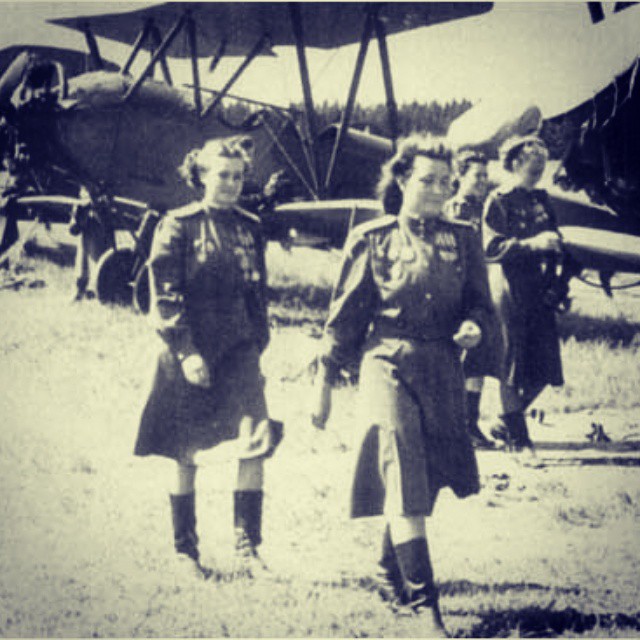The Supreme Court’s decision in the Harris v Quinn case strikes at the financial core of the union. Those forces which have been pushing this case see it as a tool to weaken labor by denying unions the financial resources needed to be an effective voice for the members.
The decision says that personal assistant workers cannot be required to pay dues to the union that represents them in bargaining and in contract enforcement. That may sound reasonable to people unfamiliar with the tactics used to defeat workers who are trying to organize a voice for more power on the job. But it is anything but reasonable. It is in fact union busting.
The case before the Court was brought by Pamela Harris, a personal assistant in Illinois. Her claim was that she didn’t want to pay dues. She is anti-union and the right-wing forces have seized upon her case as a way to gut any power that working people have.
The fact that this case was being used by the right wing and the courts as something other than this individual’s resistance to paying dues is laid bare by the fact that she never paid any dues. Further, no union has ever represented the type of personal assistant workers in Illinois that she was a part of. The unions lost the representation election. Under normal circumstances, the matter would have been declared moot and dismissed.
But that didn’t happen. In fact in June 2012, when U.S. Supreme Court ruled in another case (Knox v SEIU about dues-special assessments) the majority clearly indicated they were looking for a chance to end the requirement for non-members to pay dues. That is, they signaled that these “free riders” who benefit from union struggles and contracts should not have to pay, and they were just looking for a chance to make that happen.
The Harris v Quinn decision is the first installment of that plan to end the requirements set up in 1977.
Impact
Personal assistants across the country are paid by states using Medicaid money. Their terms and conditions of employment are controlled in large measure by the state. They work alone in the home of a disabled person who is often a relative. Without a union they would have no voice to force the state to provide a living wage or benefits. As states close more and more state-run heath care facilities for the disabled, many end up on the streets or in jail or in private facilities that make money off of the state for care that should be publicly provided. A significant number of people get care in their homes by personal assistants, the type of workers who are at the center of this case.
The decision means that the unions representing hundreds of thousands of personal assistants are now weakened because the anti-union “free riders” will no longer have to pay their fair share. With less dues money, less can be done to build power through mobilizing. Less can be done to stop legislators from passing budgets with starvation wages and no benefits for the people providing this important care.
Here is a sample of the states where this ruling will have the greatest immediate impact (noting also the long struggle to win bargaining rights):
In California, personal assistants waged a battle for union recognition for over 15 years, finally succeeding in getting a state law passed to allow collective bargaining. Then they won huge victories in 1999 and later years establishing representation by SEIU and AFSCME for well over 100,000 workers.
In Connecticut, personal assistants finally got the legislature to pass a bill for collective bargaining rights in 2012. In March 2014, the union won its first contract for about 7,000 personal assistants.
In Illinois, while personal assistants in the Pamela Harris’ category voted not to have a union (SEIU), personal care attendants did vote for the union and in October 2003 arrived at their first contract, which gave them a $2.35 per hour pay increase over the term of the contract.
In Maryland, 4,000 home health aides are represented by AFSCME after a law was signed in 2011.
In Massachusetts, the law allowing collective bargaining was passed in 2006. It was initially vetoed by the governor and then passed over the veto. SEIU represents 22,000 personal assistants in Massachusetts, and in the first contract wages were increased from $10.84 to $12.48 per hour.
In Oregon, the law was passed in 2009 and later personal assistants voted for SEIU as their union. Local 503 was able to negotiate important raises in the first contract for 11,000 workers.
In Vermont, the law wasn’t passed until 2013 and it wasn’t until the fall that workers voted for AFSCME to represent 7,000 workers there.
In Washington State, the legislature passed the bill in 2001 and then strengthened it in 2009. The union represents thousands of personal assistants.
It’s not just dues: legislative and executive actions ending bargaining rights
Bargaining rights were won for personal assistants in a number of states but were then overturned in a number of ways. In 2011, in Wisconsin, Governor Walker signed bills ending significant bargaining rights for nearly all public employees. Part of his act also ended bargaining rights for 5,500 home care providers.
In 2012, in Iowa, the governor issued an executive order ending collective bargaining rights.
In 2011, in Ohio, anti-union Governor John Kasich revoked the original executive order allowing collective bargaining, ending rights that existed since 2007 for 7,000 workers.
In Michigan, 43,000 home care aides had bargaining rights from 2005 until the legislature ended them in 2012. The legislature passed a state “right to work” law in December 2012, another blow to workers.
In Minnesota, the right wing has tied up the implementation of collective bargaining rights for thousands of workers with various legal challenges.
In 2010, in Pennsylvania, the governor rescinded his own order establishing collective bargaining rights.
Labor peace?
Throughout the arguments on Abood in 1977 and Harris v Quinn in 2014, one can find many references to the need for labor peace as the basis for justifying the continued existence of labor rights established in collective bargaining laws.
That may seem strange to anyone looking at the landscape today. Is the labor movement really mobilizing to disrupt the anti-union, corporate, business-as-usual agenda of the rich? Not really and certainly not in any broad way. That language comes from an era of the 1930s and 1940s when there was an upsurge and the ruling class was in fear of losing control to a rising movement of workers. They justified laws establishing certain bargaining rights and limitations on what can be done as both a concession to the movement and as a way to divert the movement into “labor peace” versus a struggle for power.
What is needed now is a struggle that challenges the “peace” that allows basic labor rights to be ripped away. What is needed now is a movement that puts mass strength behind the slogan heard on picket lines across the country, “No justice, No peace”.
Harris v Quinn was only one step—what is down the road?
On the way to the U.S. Supreme Court are other cases currently at lower levels. Friedrichs v. California Teachers Association challenges fair share dues for teachers. Another Massachusetts case, D’Agostino v. Patrick, also challenges fair share and representation rights. Either of these cases or others could be decided by the Court in a way that ends fair share dues for all unions or just for the public sector unions where the labor movement is strongest.
The time to mobilize members is now. The time to draw the line at the erosion of any more rights is now. The bland statements by various union leaders will not be enough.
A public campaign is needed that shows how cutting union rights and power cuts at the heart of the community. By cutting union power, worker wages and rights are put into a downward death spiral. Where there is no union power, there is no resistance to the “race to the bottom.” Where there is no union power, there is poverty and declining neighborhoods.
Every worker and every community member has a stake in this fight. With mobilization and action, we can create the environment where the politicians and the judges have to do the right thing.







